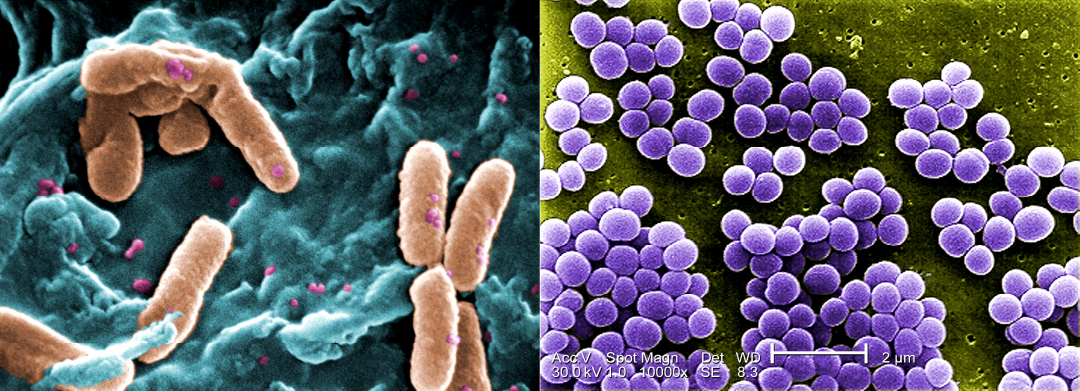Researchers develop bioinspired antimicrobial coatings against human disease-causing bacteria
|The COVID-19 pandemic caused apprehension and concern around the thematic of microbial propagation. Bacterial proliferation, for instance, is a fundamental issue in sectors such as food and health. Antimicrobial coatings may represent an “invisible” yet effective strategy among the available solutions. Most examples of this field are based on the encapsulation of conventional antibiotics. However, this approach may promote the selection of antibiotic-resistant bacterial strains, a well-known issue for the health sector. On the other hand, antimicrobial peptides (AMPs) are an impressive example of antimicrobial agents. They are made of short chains of amino acids that can destabilize and disrupt the bacterial cell envelope by interacting with specific constituents and leading to bacterial cell death within minutes.
Dr. Mahsa Zabara (University of Fribourg, Switzerland), Dr. Qun Ren (Swiss Federal Laboratories for Materials Science and Technology), Prof. Heinz Amenitsch (Technical University of Graz, Austria) in a study led by Prof. Stefan Salentinig (University of Fribourg, Switzerland) proposed a novel type of food-grade antimicrobial coating. Their approach was based on loading AMPs into lipid-based nano-coatings on specific surfaces. Several combinations of the human cathelicidine antimicrobial peptide LL-37 were loaded into glycerol monooleate (GMO) based liquid crystalline coatings and then characterized with different techniques, including grazing-incidence small-angle X-ray scattering (GISAXS) and antimicrobial essays.

GISAXS technique, available at the Austrian CERIC Partner Facility at the Elettra synchrotron in Trieste, was employed to gain detailed information on the self-assembly mechanism of the GMO/LL-37 on silicon wafer surfaces, showing the peculiarities related to the amount of AMP and the level of hydration. At the same time, in vitro microbiological assays confirmed the antimicrobial activity of the coatings at all GMO/LL-37 ratios against two different types of bacteria, Pseudomonas aeruginosa and Staphylococcus aureus, both causing human diseases.
The encouraging results obtained in this study, published in ACS Applied Bio Materials, contribute to the fundamental understanding of the lipid-peptide self-assembly on surfaces and may open up for relevant applications in the medical and food sector, such as simple, sustainable, and “invisible” antimicrobial coatings.



